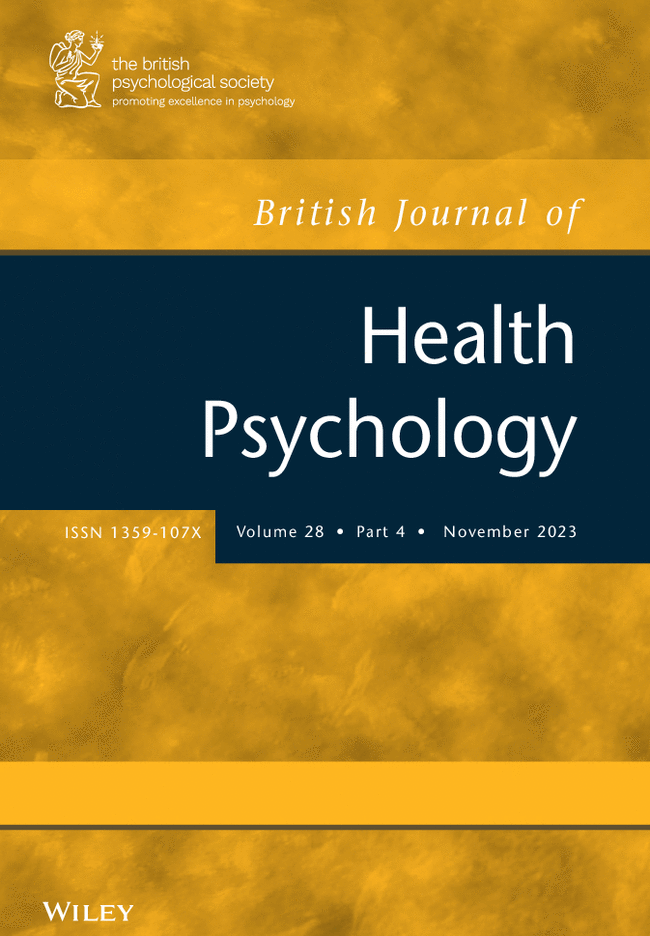Social anxiety in people with facial palsy: The role of fear of negative evaluation and appearance-fixing behaviour
Abstract
Objectives
The current study aimed to explore whether people with facial palsy experienced more social appearance anxiety, social anxiety, fear of negative evaluation, and engaged in more appearance-fixing behaviour than controls without facial palsy. The secondary aim was to investigate whether fear of negative evaluation and appearance-fixing behaviour were predictive of social appearance anxiety in people with facial palsy.
Method
People with facial palsy (n = 78) and people without facial palsy (n = 86) completed online questionnaires with measures of social anxiety, social appearance anxiety, fear of negative evaluation, and appearance-fixing behaviour.
Results
The facial palsy group experienced significantly greater social appearance anxiety, social anxiety, and fear of negative evaluation than the control group; controlling for depression. The facial palsy group also engaged in significantly more appearance-fixing behaviour than the control group. Further, controlling for depression, fear of negative evaluation from others and appearance-fixing were both found to be significant positive predictors of social appearance anxiety in the facial palsy group.
Discussion
Findings are consistent with Clark and Well's (1995) cognitive behavioural model of social anxiety. Findings indicate a need for screening and provision for psychological support for social anxiety in people with facial palsy and that cognitions relating to fear of negative evaluation and appearance-fixing behaviour are potentially useful targets for intervention.



 求助内容:
求助内容: 应助结果提醒方式:
应助结果提醒方式:


